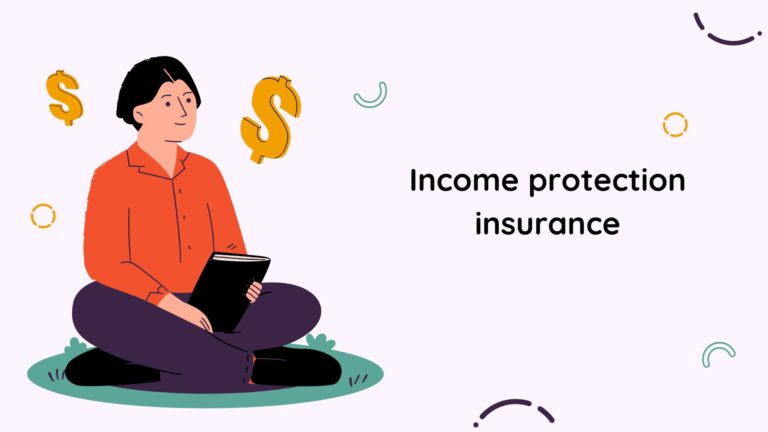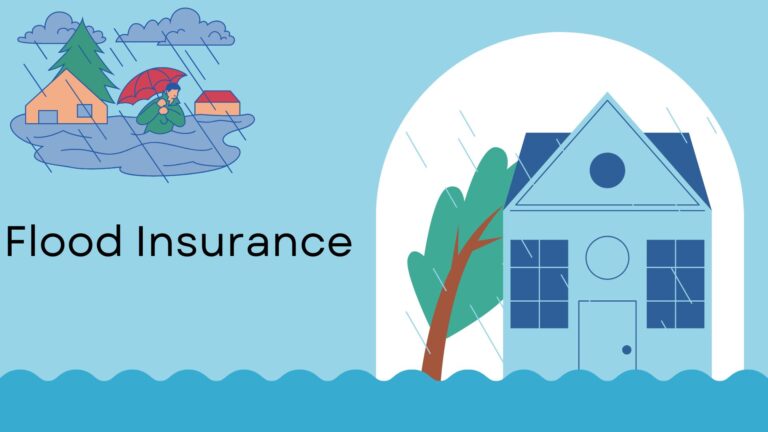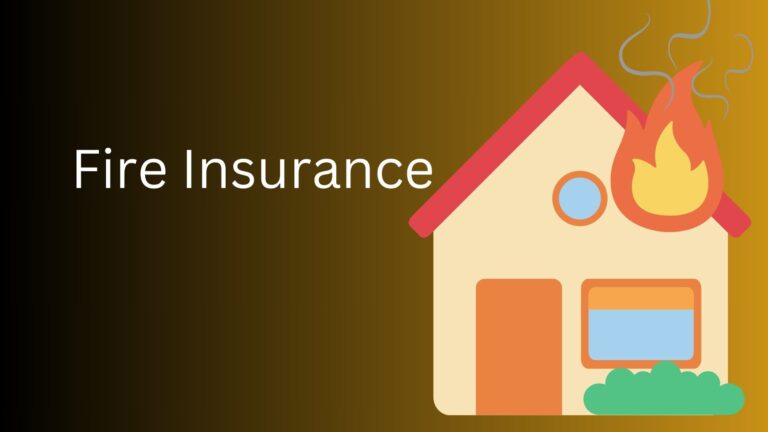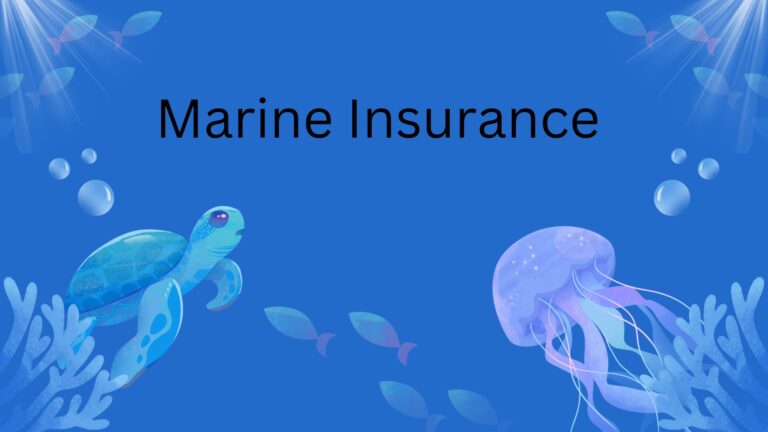Reliable Education Insurance: Building a Bright Tomorrow
Education insurance is a type of insurance policy designed to provide financial security for a child’s education in the event of unforeseen circumstances, such as the death or disability of a parent or guardian. Here are some key details about education insurance:
Table of Contents
1. Purpose of Education Insurance:

- Financial Security: Ensures that a child’s education expenses are covered even if the primary earning parent is no longer able to provide financial support.
- Peace of Mind: Provides parents with peace of mind knowing that their child’s education will not be disrupted due to financial difficulties.
2. Types of Education Insurance Plans:
- Endowment Plans: Combine insurance with savings. A lump sum amount is paid at the end of the policy term or on the death of the insured.
- Unit-Linked Insurance Plans (ULIPs): Offer both insurance and investment opportunities. A portion of the premium is invested in various funds, and the remaining provides insurance cover.
- Term Plans with Education Riders: Pure term insurance plans with additional riders specifically for education, ensuring the payout is used for educational purposes.
3. Features of Education Insurance:
- Flexible Premium Payment Options: Parents can choose between regular, limited, or single premium payment options.
- Maturity Benefits: A lump sum amount is paid at the maturity of the policy, which can be used for the child’s higher education.
- Death Benefits: In case of the policyholder’s death, the sum assured is paid out, and some policies may also waive future premiums, ensuring continued financial support.
- Tax Benefits: Premiums paid towards education insurance are often eligible for tax deductions under specific sections of the tax code.
4. How to Choose an Education Insurance Plan:
- Assess Future Educational Costs: Estimate the future cost of your child’s education, considering inflation and rising tuition fees.
- Policy Term: Choose a policy term that aligns with the child’s age and the expected time they will need funds for higher education.
- Premium Affordability: Ensure the premium is affordable and fits within your budget without compromising other financial goals.
- Rider Options: Consider additional riders such as waiver of premium, critical illness cover, and accidental death benefit for comprehensive coverage.
5. Benefits of Education Insurance:
- Assured Payout: Guarantees a lump sum amount for the child’s education irrespective of market conditions.
- Financial Planning: Helps in systematic financial planning and disciplined savings for future educational needs.
- Protection and Investment: Combines the benefits of life insurance with investment opportunities to grow the savings over time.
6. Common Myths about Education Insurance:
- Only for Higher Education: While primarily aimed at higher education, some plans can also cover school-level expenses.
- Too Expensive: There are various plans available to suit different budgets, making it accessible for most families.
- Complex to Understand: With proper guidance and understanding, choosing the right plan can be straightforward.
7. Top Education Insurance Providers:
- Provider A: Known for comprehensive coverage and flexible premium payment options.
- Provider B: Offers ULIPs with high returns on investment.
- Provider C: Specializes in endowment plans with guaranteed maturity benefits.
FAQS
1. What is education insurance?
Education insurance is a type of life insurance policy designed to provide financial support for a child’s education in case of the policyholder’s death or disability. It ensures that the child’s educational needs are met even if the primary earning parent is no longer able to provide financial support.
2. How does education insurance work?
An education insurance policy requires the policyholder to pay regular premiums. In return, the insurance company provides a lump sum amount at the end of the policy term or in the event of the policyholder’s death. This amount can be used to fund the child’s education.
3. What are the benefits of education insurance?
- Financial Security: Ensures funds are available for a child’s education.
- Maturity Benefits: Provides a lump sum amount at the end of the policy term.
- Death Benefits: Offers a payout to cover educational expenses if the policyholder dies.
- Tax Benefits: Premiums paid are often eligible for tax deductions.
4. What are the different types of education insurance plans?
- Endowment Plans: Combine insurance with savings, providing a lump sum at maturity or on the policyholder’s death.
- Unit-Linked Insurance Plans (ULIPs): Offer both insurance and investment opportunities.
- Term Plans with Education Riders: Pure term insurance with additional riders for education-related payouts.
5. How do I choose the right education insurance plan?
- Estimate Future Costs: Consider inflation and rising education costs.
- Policy Term: Align the policy term with the child’s age and educational milestones.
- Premium Affordability: Ensure premiums are affordable.
- Riders: Consider additional riders for comprehensive coverage.
6. Are the premiums for education insurance plans tax-deductible?
Yes, premiums paid towards education insurance plans are often eligible for tax deductions under specific sections of the tax code, such as Section 80C in India.
7. What happens if I miss a premium payment?
Many policies offer a grace period for missed payments. If the premium is not paid within this period, the policy may lapse. Some policies allow for reinstatement within a certain timeframe, often with additional conditions.
8. Can I withdraw money from the education insurance policy before maturity?
Some education insurance plans, especially ULIPs, offer partial withdrawal options after a certain period. However, this can impact the final maturity amount and benefits.
9. What is the difference between education insurance and a regular savings plan?
Education insurance combines life insurance with savings or investment, providing a safety net in case of the policyholder’s death. A regular savings plan does not offer life insurance coverage.
10. Is education insurance only for higher education?
No, while it is primarily aimed at higher education expenses, some plans can also cover school-level expenses and other educational costs as specified in the policy.
11. What should I do if the policyholder passes away?
If the policyholder passes away, the beneficiary (usually the child or the child’s guardian) should contact the insurance company to file a claim. Necessary documents, such as the death certificate and policy details, will be required to process the claim.
12. How do education riders work?
Education riders are additional benefits added to a base term insurance policy. They ensure that a lump sum or regular payouts are made specifically for educational purposes if the policyholder dies or becomes disabled.
13. Can both parents take education insurance for the same child?
Yes, both parents can take separate education insurance policies for the same child. This can provide additional financial security and ensure that educational goals are met even if one policy’s benefits are exhausted.
14. Are there any exclusions in education insurance policies?
Exclusions vary by policy, but common ones include death due to suicide within a certain period from the policy start date, participation in hazardous activities, and pre-existing conditions not disclosed at the time of policy purchase.
15. Can education insurance be customized?
Yes, many education insurance plans offer customization options such as choosing the sum assured, policy term, premium payment frequency, and additional riders based on individual needs.







